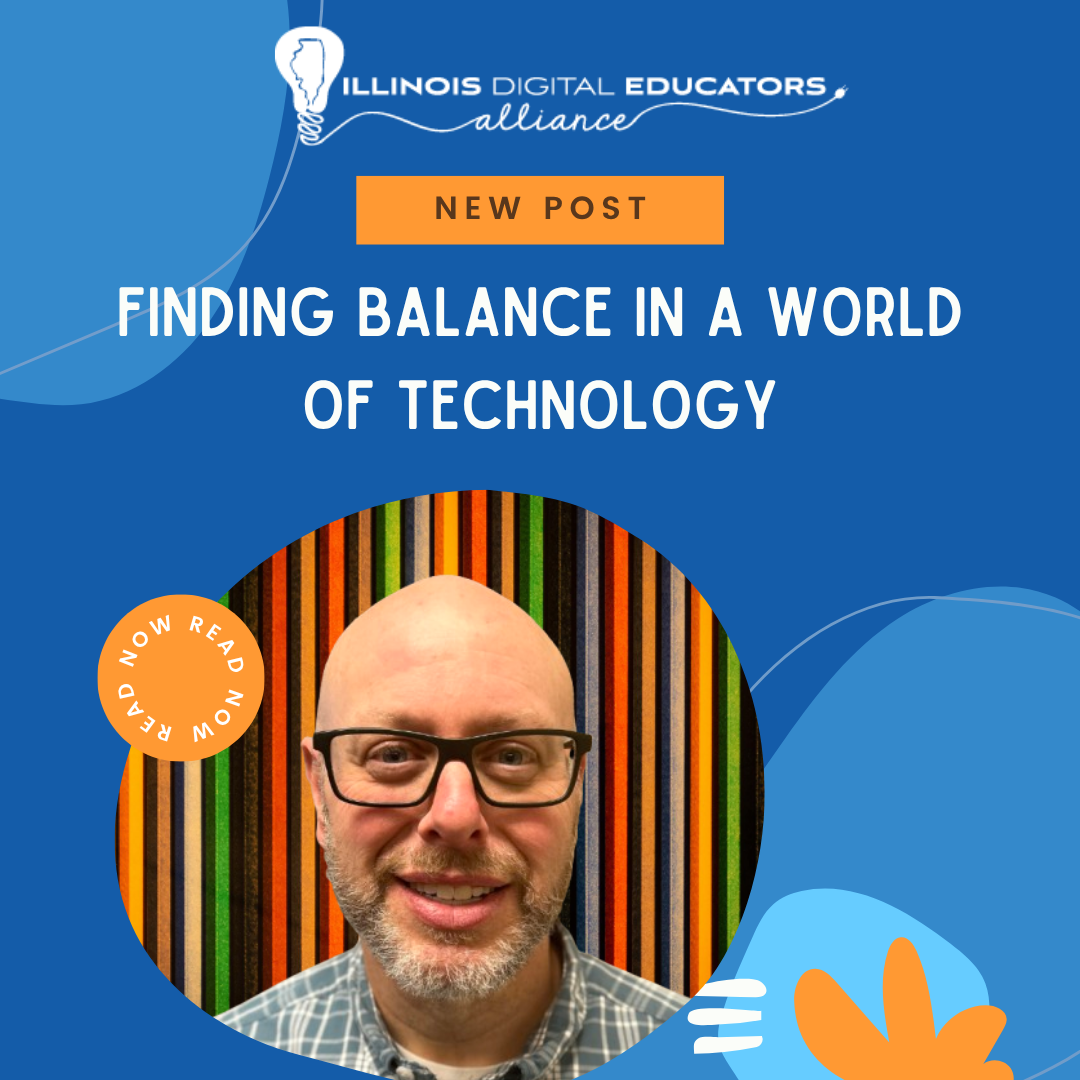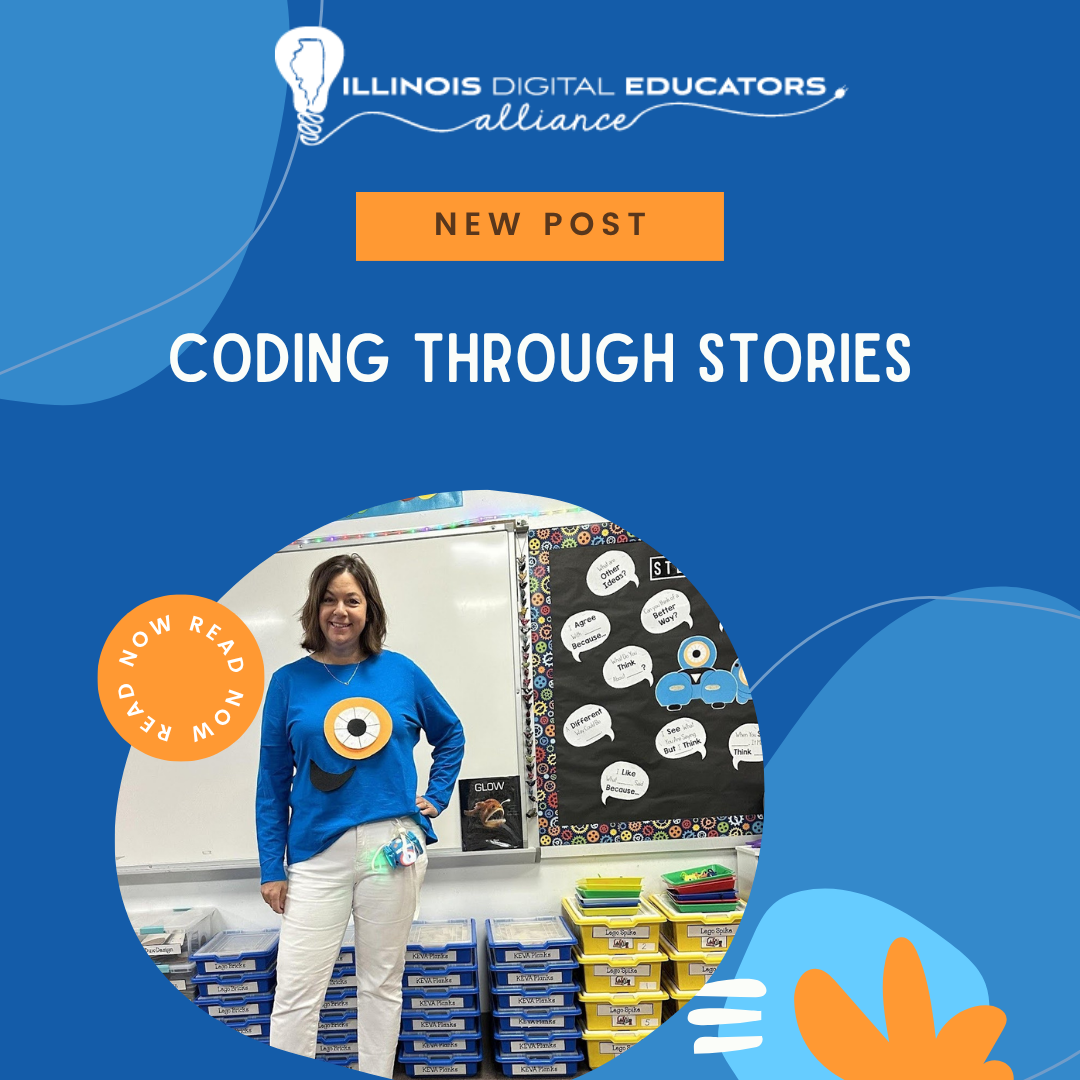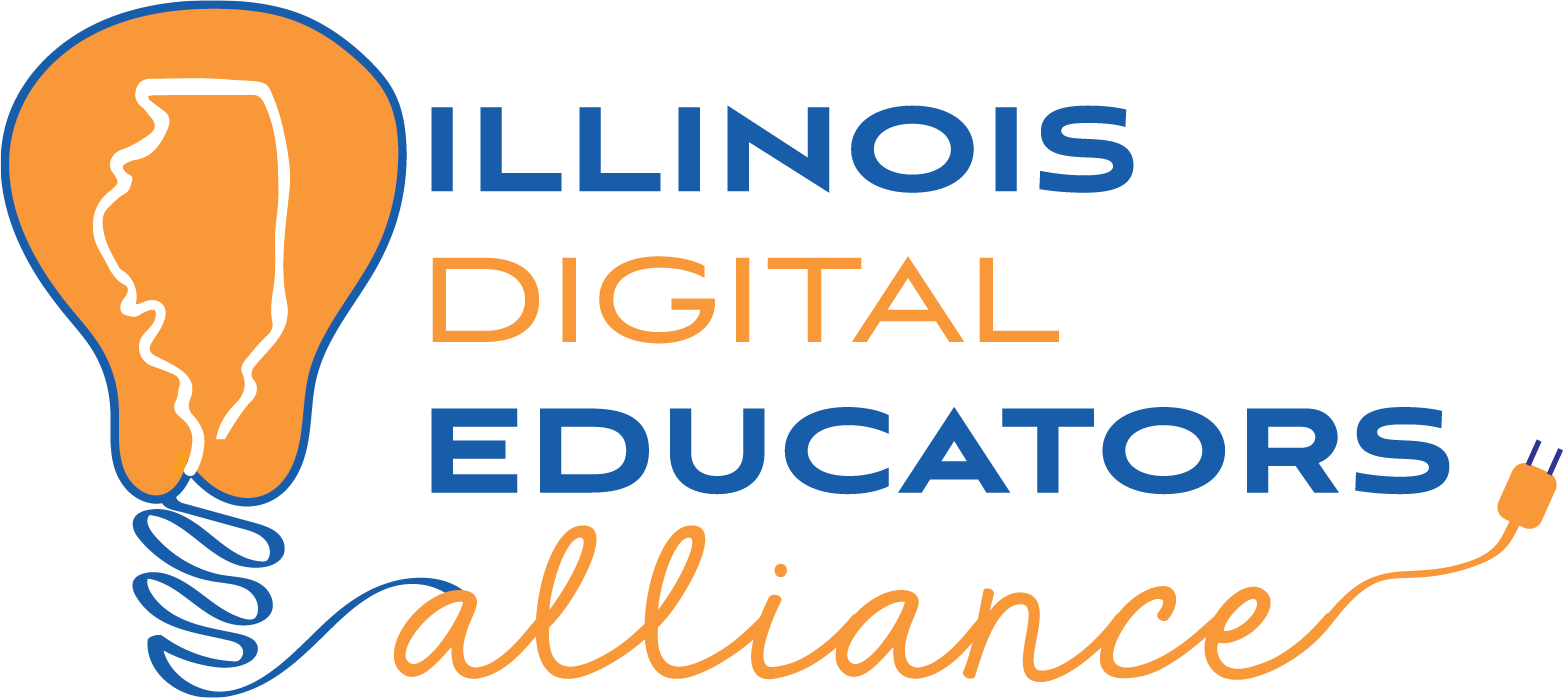Student Story: Diego’s Transformation Through Coding
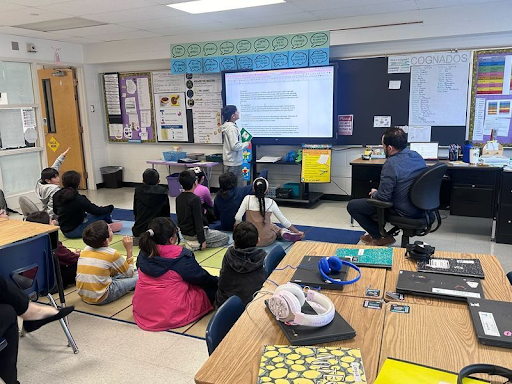
One of the most rewarding aspects of education is observing moments when everything clicks for a student and their self-confidence grows. And although being a teacher is not all rainbows and sunshine, those lightbulb moments make all of the hard work worth it.
Miguel Sanchez, a fourth-grade teacher at Denver Public Schools, witnessed a student transform when he introduced computer science into his classroom.
Creating Learning Opportunities
In an elementary classroom of English Language Learners, Mr. Sanchez creates lightbulb moments for his students by providing diverse learning opportunities. He works hard to cultivate a safe and supportive classroom and knows each student has unique needs. Mr. Sanchez introduced Skill Stuck to his classroom over the past year and noticed its positive impact firsthand. By creating a new learning environment, he helped his students shine. One, in particular, was Diego.
Meet Diego
Diego is a young Latino boy whose bright personality and sense of humor often make his classmates smile. He is a smart kid with reading levels above average. That being said, like many students, he struggles to pay attention in class and complete his assignments. Socially he has some friends, but he has difficulty maintaining quality relationships in class and often finds himself in the calming corner-a space for students to regroup and manage their emotions.
From Learner to Leader: Diego’s Transformation
Diego’s journey unfolds as he experiences the world of computer science for the first time, through Skill Struck. Despite his behavioral challenges in other settings, Diego undergoes a remarkable shift during coding sessions. His enthusiasm for coding is palpable. Mr. Sanchez says, “He not only pays keen attention but also consistently completes assignments with proficiency.”
He is confident in coding and even submits extra work just for fun. By simply providing a new learning environment, Diego thrives.
What truly sets Diego apart when using Skill Struck is his desire to help his peers. Even those with whom he encounters difficulties elsewhere. In the coding classroom, Diego transforms; he becomes a supportive mentor. After quickly and correctly finishing his coding assignments he actively looks for students that need help. He fosters a collaborative and inclusive environment. He also has a passion for coding that positively impacts his classmates. He becomes a leader.
The Power of Passion and Positive Learning Environments
Diego’s experience with coding highlights the importance of providing new and positive learning environments for students. Using Skill Struck, Diego discovered not only a passion for coding but also a newfound confidence in himself as he became a leader in the classroom. Computer science created that lightbulb moment for Diego. His story shows that any student will shine with the right tools and encouragement.
"Diego’s passion for coding not only showcases his technical aptitude but also highlights the powerful impact that a positive learning environment can have on a student's behavior and engagement,” said Miguel Sanchez, Diego’s Teacher at
Denver Public Schools.
To learn more about the positive impact Skill Struck can have on your students, schedule a demo with one of our representatives here.
*The student's name has been changed to protect their identity.
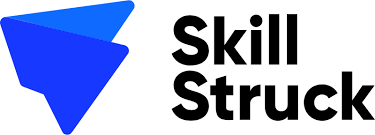
Skill Struck offers Computer Science and AI solutions for K-12 education, and empowers classrooms to learn today's technology skills through comprehensive curriculum, tools, and professional development.


